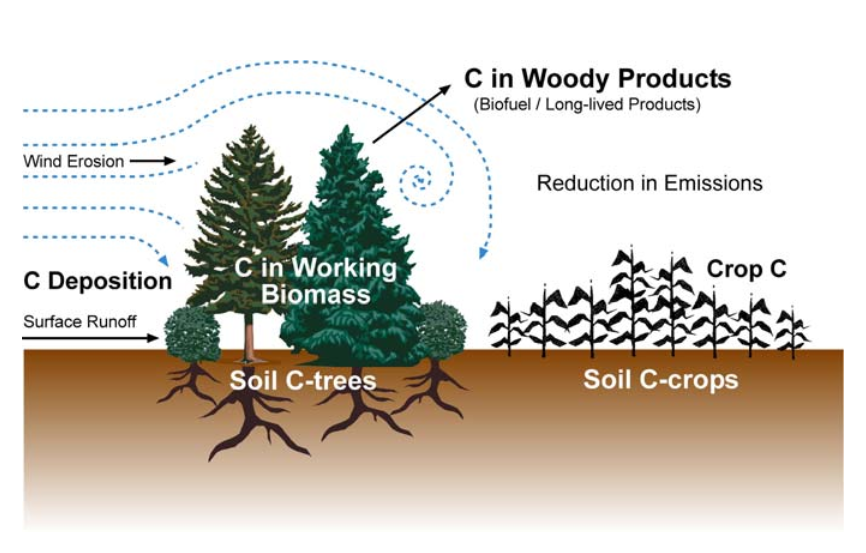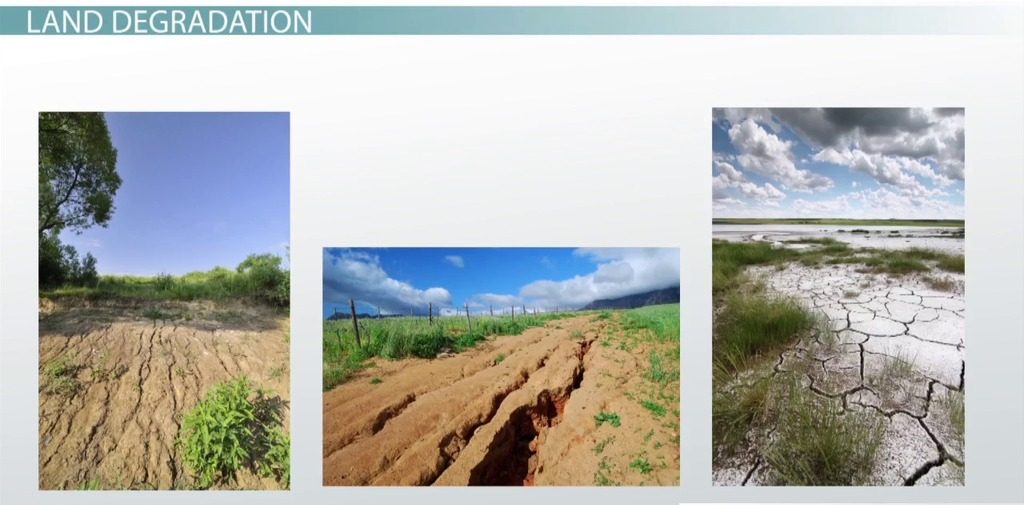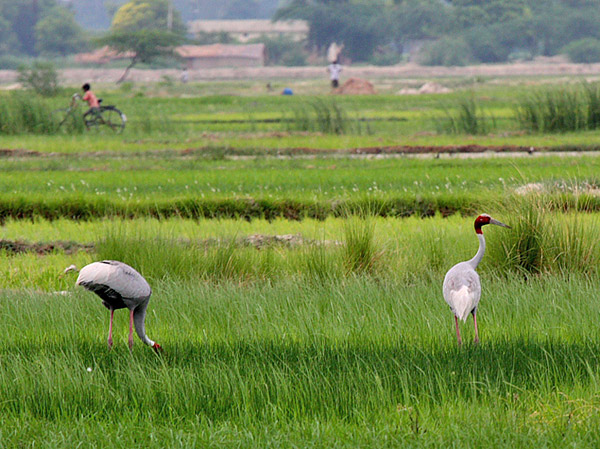Introduction
Climate change is no longer a distant threat but an imminent crisis that demands immediate and concerted action. Rising temperatures, extreme weather events, and shifting climatic patterns are affecting ecosystems, agriculture, and human livelihoods worldwide. To combat this global challenge, we must adopt holistic approaches that not only reduce greenhouse gas emissions but also enhance the resilience of ecosystems and communities.
One such approach gaining prominence is agroforestry, a sustainable land management practice that integrates trees and shrubs with agricultural crops and/or livestock. By combining the benefits of both forestry and agriculture, agroforestry systems offer a range of ecological, economic, and social advantages while playing a pivotal role in mitigating climate change.
Carbon Sequestration: A Crucial Climate Change Solution
One of the most significant contributions of agroforestry to climate change mitigation is its capacity for carbon sequestration. Trees are natural carbon sinks; they absorb carbon dioxide (CO2) from the atmosphere and store it in their biomass, including leaves, branches, and roots. This process helps reduce the concentration of CO2 in the atmosphere, a primary driver of global warming.
- Enhanced Carbon Storage
In conventional agriculture, where vast monoculture fields dominate, there is limited potential for carbon storage. In contrast, agroforestry systems incorporate a diverse array of tree species alongside crops or pastures, substantially increasing carbon storage potential. This diversity not only improves overall ecosystem health but also ensures more extensive and sustained carbon sequestration. - Reduced Greenhouse Gas Emissions
Agroforestry systems can also reduce greenhouse gas emissions by minimizing the need for synthetic fertilizers and pesticides. Nitrogen-based fertilizers, in particular, release nitrous oxide (N2O), a potent greenhouse gas, into the atmosphere. In agroforestry, nutrient cycling is enhanced, and reliance on chemical inputs is diminished, resulting in lower emissions. - Resilience to Climate Extremes
Climate change brings unpredictable weather patterns, including droughts and floods. Agroforestry systems are inherently resilient to such extremes. The presence of trees helps retain moisture in the soil, reducing the impact of droughts, while their roots help stabilize the soil against erosion during heavy rainfall.
Biodiversity Conservation: A Synergistic Benefit
Agroforestry systems don’t just store carbon; they also provide habitat and sustenance for a wide variety of plant and animal species. This coexistence of diverse flora and fauna is essential for biodiversity conservation—a crucial aspect of climate change resilience.
- Habitat for Wildlife
The presence of trees and shrubs in agroforestry systems creates a mosaic of microhabitats that attract and support a diverse range of wildlife. Birds, insects, and small mammals find refuge and food sources among these trees, contributing to overall ecosystem health. - Preservation of Native Species
By integrating native tree species into agroforestry systems, farmers can contribute to the preservation of local biodiversity. Many traditional farming practices involve clearing land for monoculture crops, which can lead to the loss of native species. Agroforestry, on the other hand, encourages the preservation of these vital components of local ecosystems.
Sustainable Agriculture: Feeding the World, Sustaining the Planet
Agroforestry is not just about mitigating climate change and conserving biodiversity; it also offers practical benefits for agriculture and food security.
- Improved Soil Fertility
The presence of trees in agroforestry systems helps improve soil fertility by enhancing nutrient cycling. Leaf litter and organic matter from trees provide a natural source of nutrients, reducing the need for synthetic fertilizers. This, in turn, leads to higher crop yields and healthier soils. - Diversified Income Streams
Agroforestry systems often yield a variety of products beyond traditional crops, such as fruits, nuts, and timber. This diversification of income sources can make farming more resilient to economic fluctuations and provide additional financial security for farmers. - Climate-Resilient Crops
The shade provided by trees in agroforestry systems can help crops withstand higher temperatures and reduce the risk of heat stress, ultimately contributing to more reliable crop yields in the face of changing climate conditions.
Conclusion: Harnessing the Power of Agroforestry
Agroforestry is not a silver bullet, but it is undeniably a powerful tool in our arsenal against climate change. Its ability to sequester carbon, conserve biodiversity, and support sustainable agriculture makes it a compelling solution for a world grappling with the challenges of a warming planet.
To maximize the potential of agroforestry, governments, farmers, and communities must work together to promote and implement these systems on a larger scale. Financial incentives, technical support, and knowledge-sharing can all play a role in catalyzing the adoption of agroforestry practices.
In the face of climate change, we need innovative and holistic solutions. Agroforestry, with its myriad benefits, offers a glimpse into a more sustainable and resilient future for agriculture and the planet. It’s time to embrace the power of trees and reimagine our relationship with the land for the sake of generations to come.





